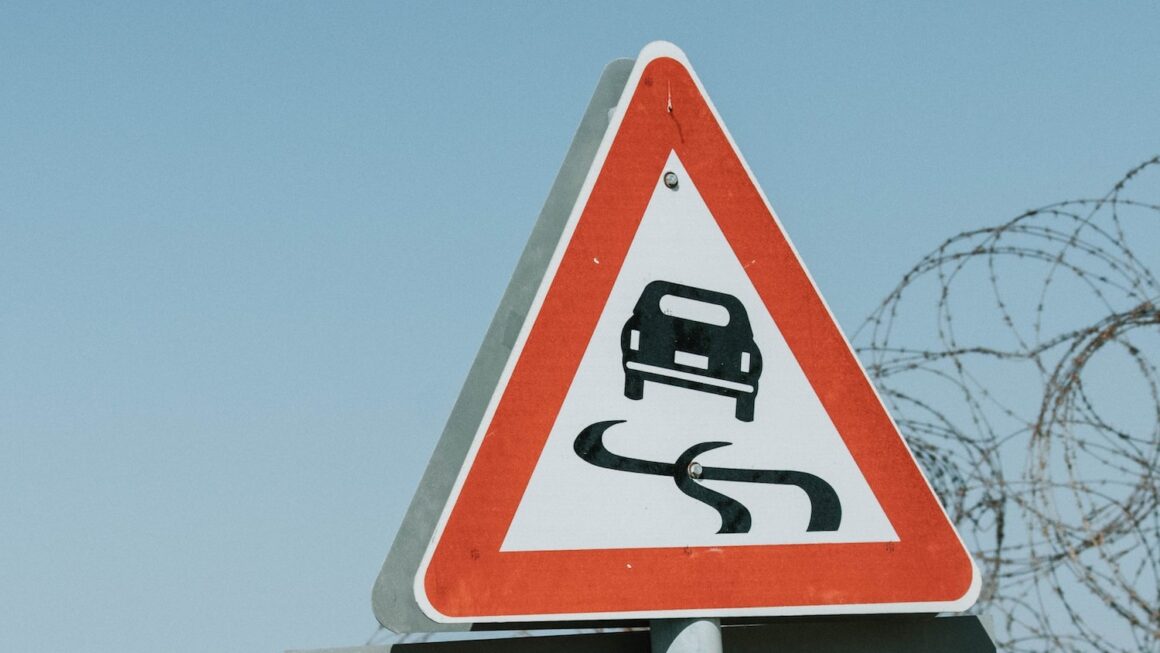Introduction:
When embarking on a boating excursion, especially for a weekend trip, it is crucial to prioritize safety and preparedness. One important step to ensure your well-being is to file a float plan. A float plan acts as a detailed itinerary and emergency contact document, providing critical information about your voyage to authorities or trusted individuals.
This article outlines the key elements that should be included in a comprehensive float plan for a weekend trip.
Personal Information:
Begin your float plan by providing your personal details, including your full name, address, phone number, and any additional contact information. This information allows the authorities to identify you and establish communication if necessary.
Trip Details:
Specify the exact dates and times of your departure and return. Provide the planned itinerary, including the starting point, planned route, and any intended stops or destinations. Include anticipated travel speeds, distances, and estimated time of arrival at each location.
Vessel Information:
Include detailed information about the vessel you will be using for your trip. This includes the boat’s name, type, registration or documentation number, length, color, and any unique identifying features. Provide the boat’s radio call sign if applicable. Additionally, include the boat’s equipment list, such as safety gear, navigation instruments, and communication devices.
Crew Information:
List the names, ages, and contact information of all individuals accompanying you on the trip. Include any relevant medical conditions, allergies, or special needs that crew members may have. This information helps authorities and search-and-rescue teams in case of an emergency.
Emergency Contacts:
Include the contact information of at least two reliable emergency contacts who are aware of your trip and can be reached in case of an emergency. Provide their names, phone numbers, and their relationship to you. Choose individuals who are readily available and capable of making decisions on your behalf if required.
Communication Plan:
Specify your preferred method of communication during the trip. Include details about the type of radio or communication equipment you will be using, such as VHF radio or satellite phone. Provide radio frequencies or satellite phone numbers if applicable. Outline a communication schedule or frequency for check-ins, especially if you will be out of cellular range.
Alternative Plans:
In the event of unforeseen circumstances, outline alternative plans or contingencies. If weather conditions or other factors prevent you from following your original itinerary, specify potential alternate routes or destinations. This information can be vital for search and rescue teams in locating you quickly.
File and Distribution:
After compiling all the necessary information, ensure that the float plan is stored in a safe and accessible location. Inform a trusted person, such as a family member or friend, about the existence and location of the float plan. Additionally, provide a copy to the appropriate authorities, such as the local Coast Guard or harbor master, prior to your departure.
Conclusion:
Filing a float plan for a weekend trip is a responsible and proactive measure that enhances boating safety. By including essential details such as personal information, trip details, vessel information, crew information, emergency contacts, communication plan, alternative plans, and ensuring proper distribution, you significantly improve the chances of a successful and safe journey. Remember to update your float plan if there are any changes to your itinerary. Prioritizing preparedness will help ensure a pleasant and worry-free boating experience.




